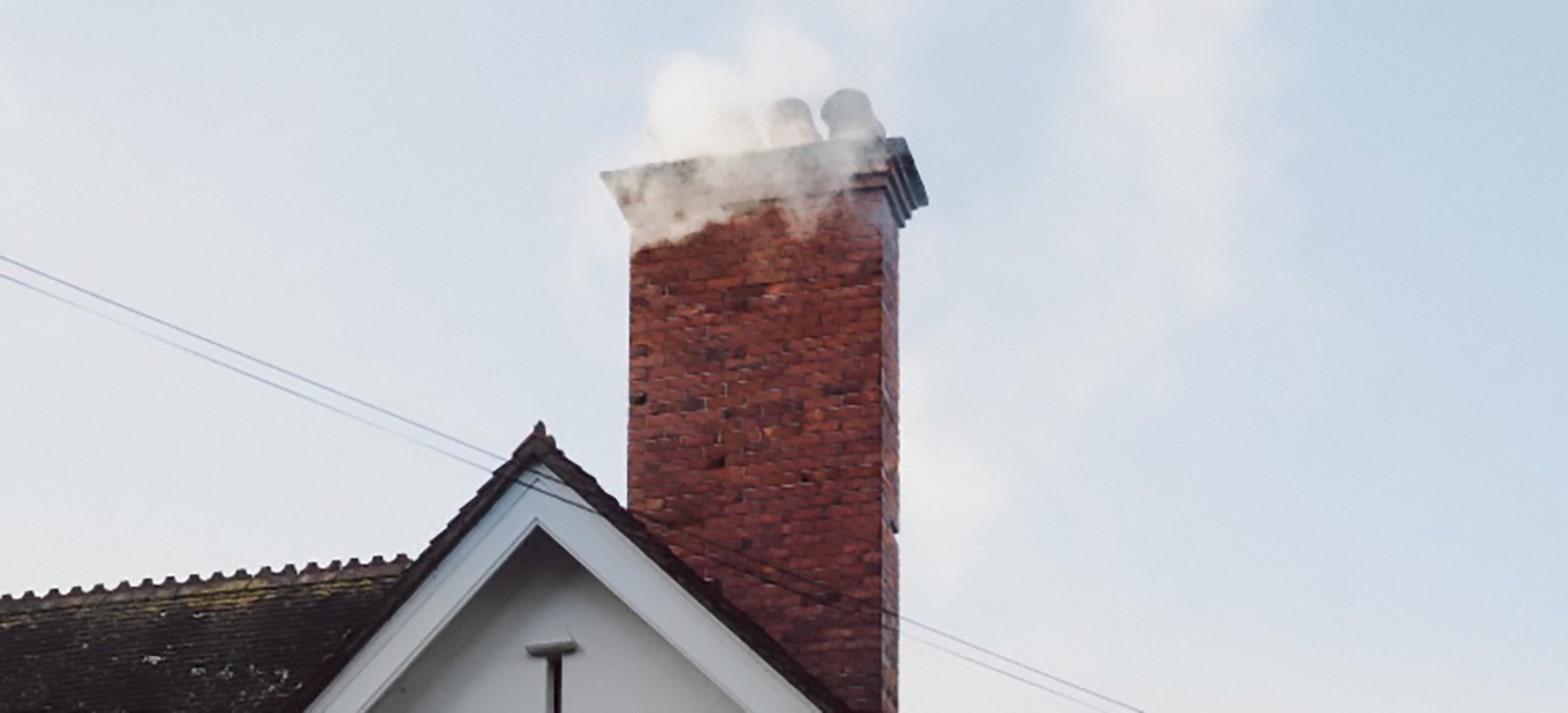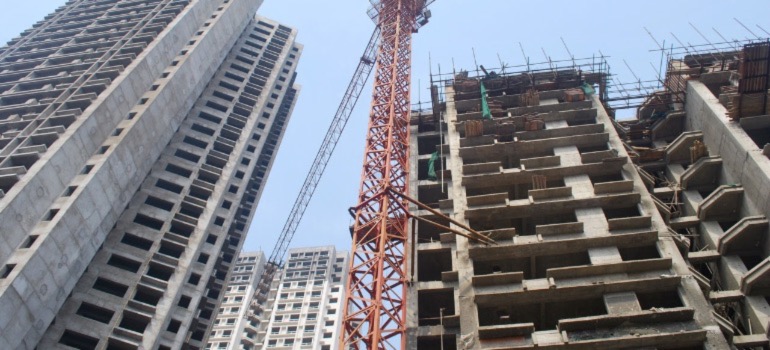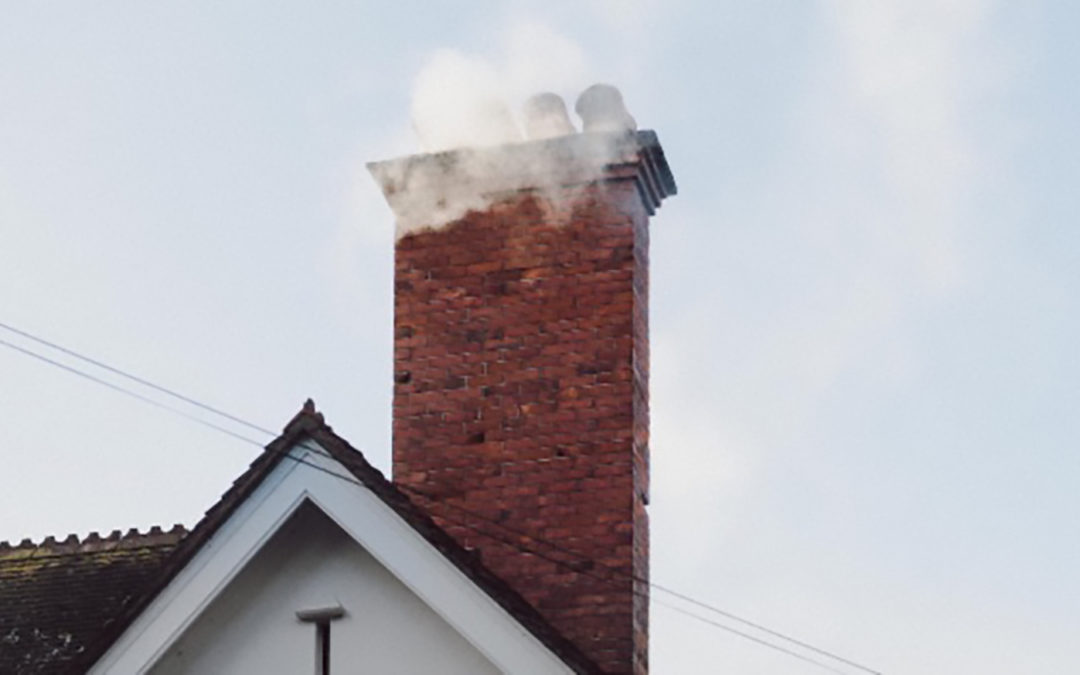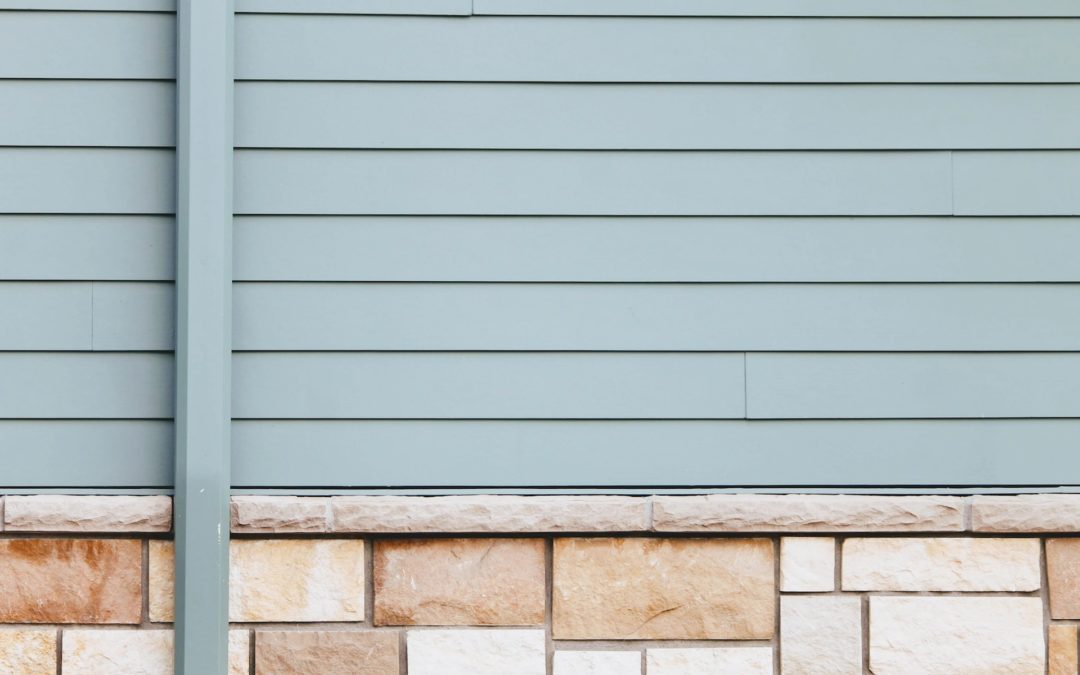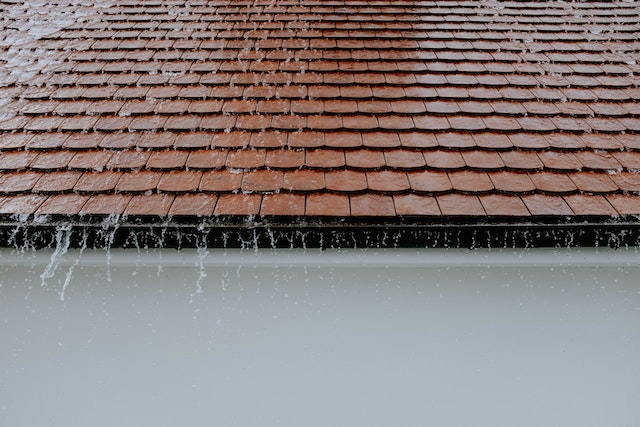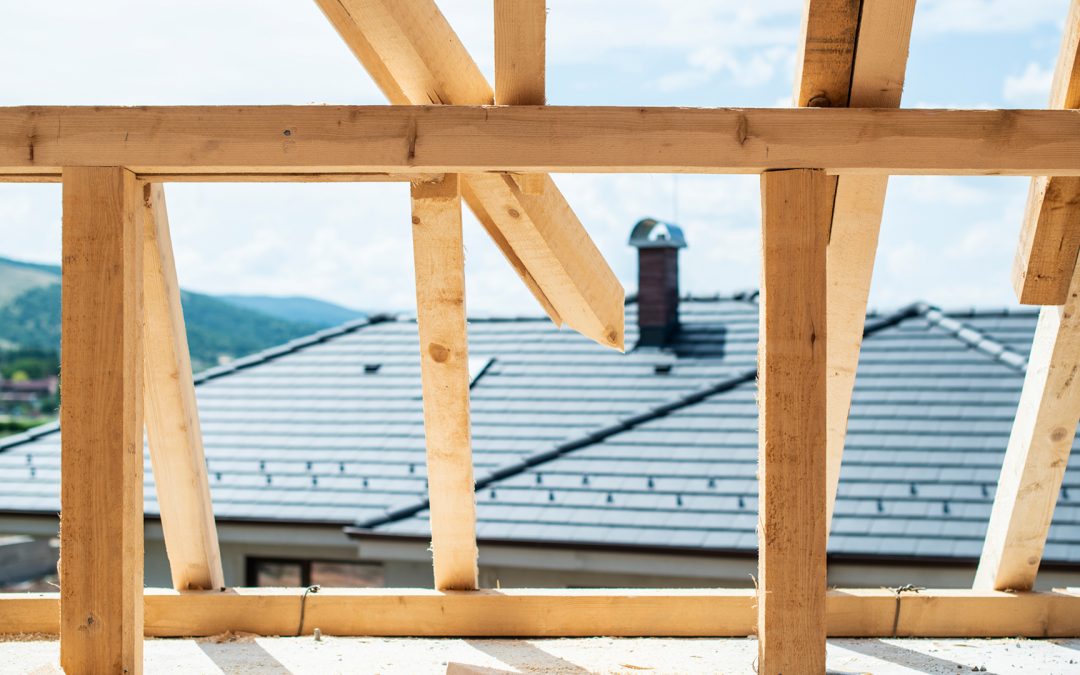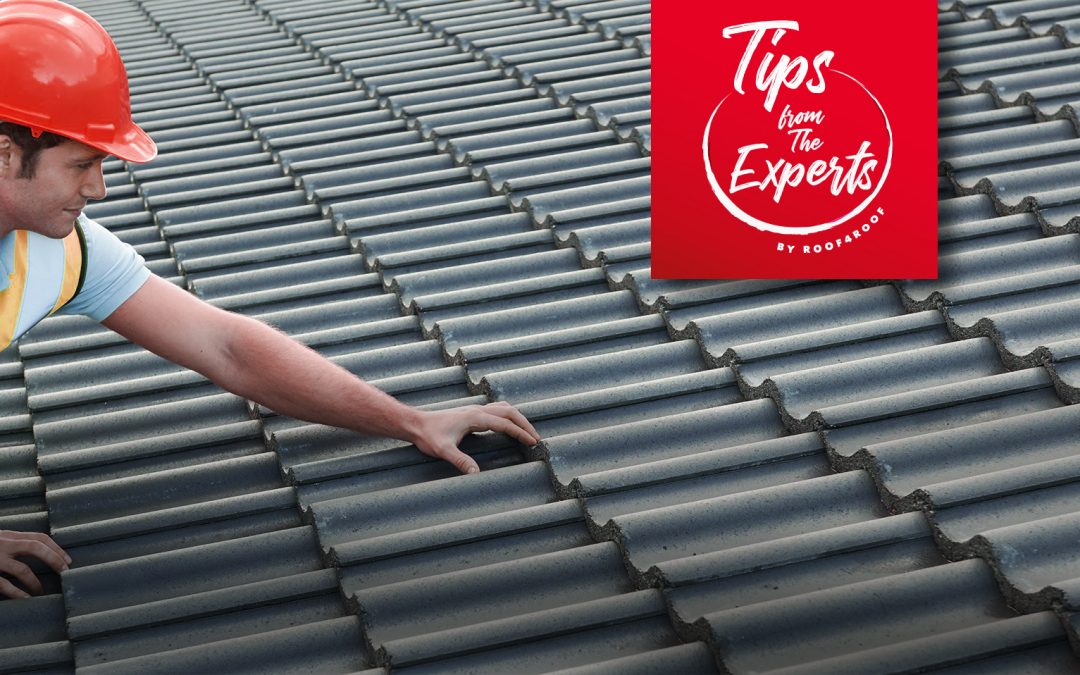Many homeowners in the US either want to have or already have a fireplace in their house. However, every fireplace comes with a chimney, and every chimney undergoes a certain amount of damage during winter. From the ice and snow to the drastic changes in temperature, many things can affect the state of your chimney during this season. It can either create more damage by building onto the damage already there or create new damage. To be able to combat these problems, you need to be informed. That is why we have compiled this list of the most common ways winter can damage your chimney and how to prevent those issues. Of course, if things get out of hand, contact a roofing company that offers emergency roofing services.
The “stack” effect on your chimney
First, let’s explain the stack effect and how it occurs. It is a phenomenon that results from the movement of air in and out of your home through your chimney. It occurs during the winter when the temperature outdoors is substantially colder than the air inside the house. This difference in temperature causes outside air to rush into your home to even out the temperatures. And in the case of chimneys, it causes a backdraft that pushes smoke and ashes back down through your chimney and into your home. That causes two significant problems:
- It creates a health hazard for you and your family, with all the ashes coming back into your home and the microparticles spreading out through the air you all breathe in;
- It exposes your chimney to extreme temperature changes in short periods, which can cause cracking and other structural problems.
There are two main ways to prevent this. Firstly, you can close the chimney damper whenever you don’t use the fireplace. That will stop the flow of cold air into your home. The second thing you should do comes when you plan on lighting up the fireplace. The thing you should do is heat the flue before fully lighting the fireplace. To do this, you have to light a small amount of kindling, hold it under the open damper for a couple of minutes, and only then light the entire fire. Unlike when you suddenly light the fire and cause a rush of incoming cold air, using this technique to moderately heat your chimney will ensure that the temperature difference is made gradually.
Critters and the damage they bring to your chimney
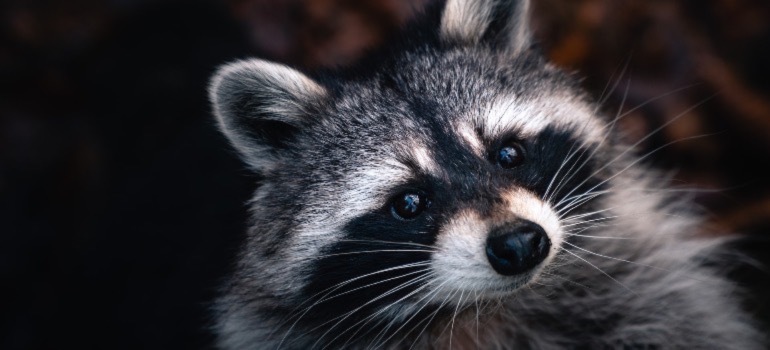
Just like you, small animals and critters will want to hide from the cold temperatures winter brings. And it’s common for our small forest friends, such as raccoons and squirrels, to look at the chimney as the perfect small, hidden shelter. However, this is a bad idea and can have detrimental consequences for everyone involved: you, the critters, and your chimney.
Firstly, them building a nest or some other form of animal home in your chimney can cause blockage. That can endanger you and your family by turning your home into a carbon monoxide and ash container. Secondly, the animal may be burned and hurt by your fire. And, of course, animals are not immune to carbon monoxide poisoning either. Finally, they can cause damage to the flue linking and masonry of your chimney.
If this does happen and you discover that an animal has made a home in your chimney, make sure to call professionals to remove them. We highly advise against trying to remove them yourself. Many forest animals can carry a wide range of diseases and ailments. Have a professional safely remove it. And then, you should call a professional chimney sweep to examine your chimney. They can tell you whether any damage has been done to your chimney and clean up any remnants of the animal’s nest.
Damage to the chimney masonry
Another one of the many ways winter can damage your chimney is by damaging its masonry. Things like moisture buildup and major fluctuations in the temperature can slowly reduce the integrity of your chimney’s masonry. While it may not be noticeable initially, you’ll soon start seeing cracks and fractures.
That is especially important to avoid if you plan to sell your home. When potential buyers are house-hunting, there are many ways to notice roof damage. And the chimney is one of the biggest tells. They will look out for these signs to gauge how well you maintained your roof and home.
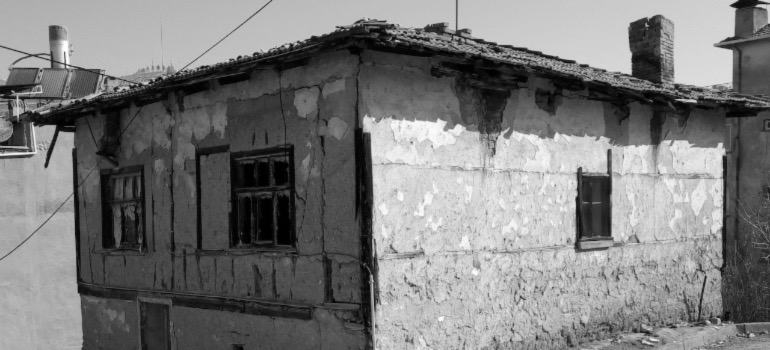
You can prevent chimney masonry damage in two main ways. Firstly, you should ensure that the chimney cap is doing its job correctly and preventing water from running down your flue. Second, you should have a professional roof inspector check out your chimney’s crown, which can also help.
Damage from water
The primary way that water damages your chimney is that any cracks in the materials in your chimney absorb it. Then, during the winter, that water will freeze and expand. That will, in turn, expand the cracks, slowly making them bigger and bigger. Over time this can cause substantial damage and cause your chimney to fall apart entirely. Another big problem is that this damage can cause leaks in your roof, bringing a slew of new issues.
The best prevention for this is regular inspections and check-ups by professional roofers, especially in the fall before winter. Addressing any minor damage immediately and patching up holes and cracks is the best way to prevent further damage that can be done by water.
Damage from snow
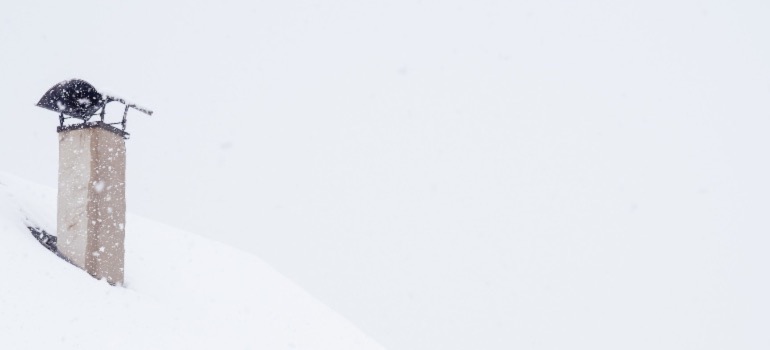
The final one of the ways winter can damage your chimney we will be covering is the damage that snow can cause. The harmful ways snow impacts your roof are usually not noticeable until the problems that come from that impact become severe. Snow damage is a slow process. The best thing you can do to prevent this is to get in touch with a licensed professional whom you trust. They can take care of any issues, use their expertise to notice problems sooner than you, and help keep your chimney strong.
Final thoughts
As we have pointed out with this list, there are a lot of ways winter can damage your chimney. Information is the first step to preventing these issues and potential damages. And while some things are easy, and you can do them yourself, our final tip is to ensure you have a professional do any necessary chimney repairs. From slippery roofs to lack of experience, there are many reasons why trying to fix your roof by yourself can be very dangerous. Get help and invest in prevention, and you can avoid any severe problems for your chimney in the future.

